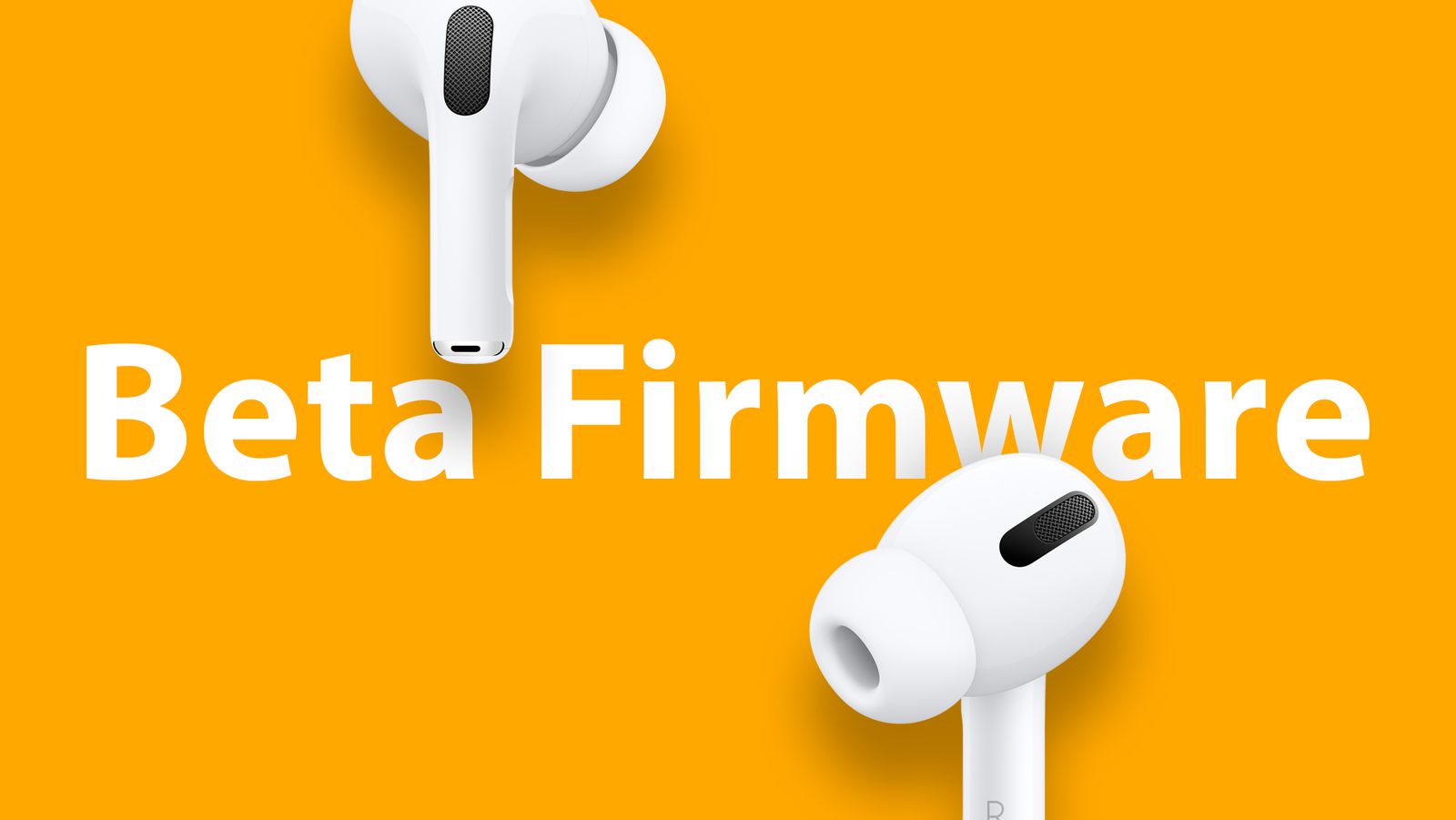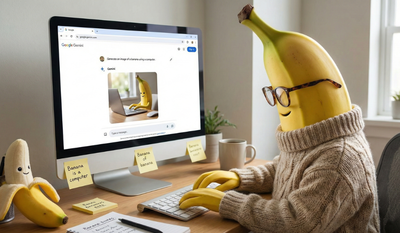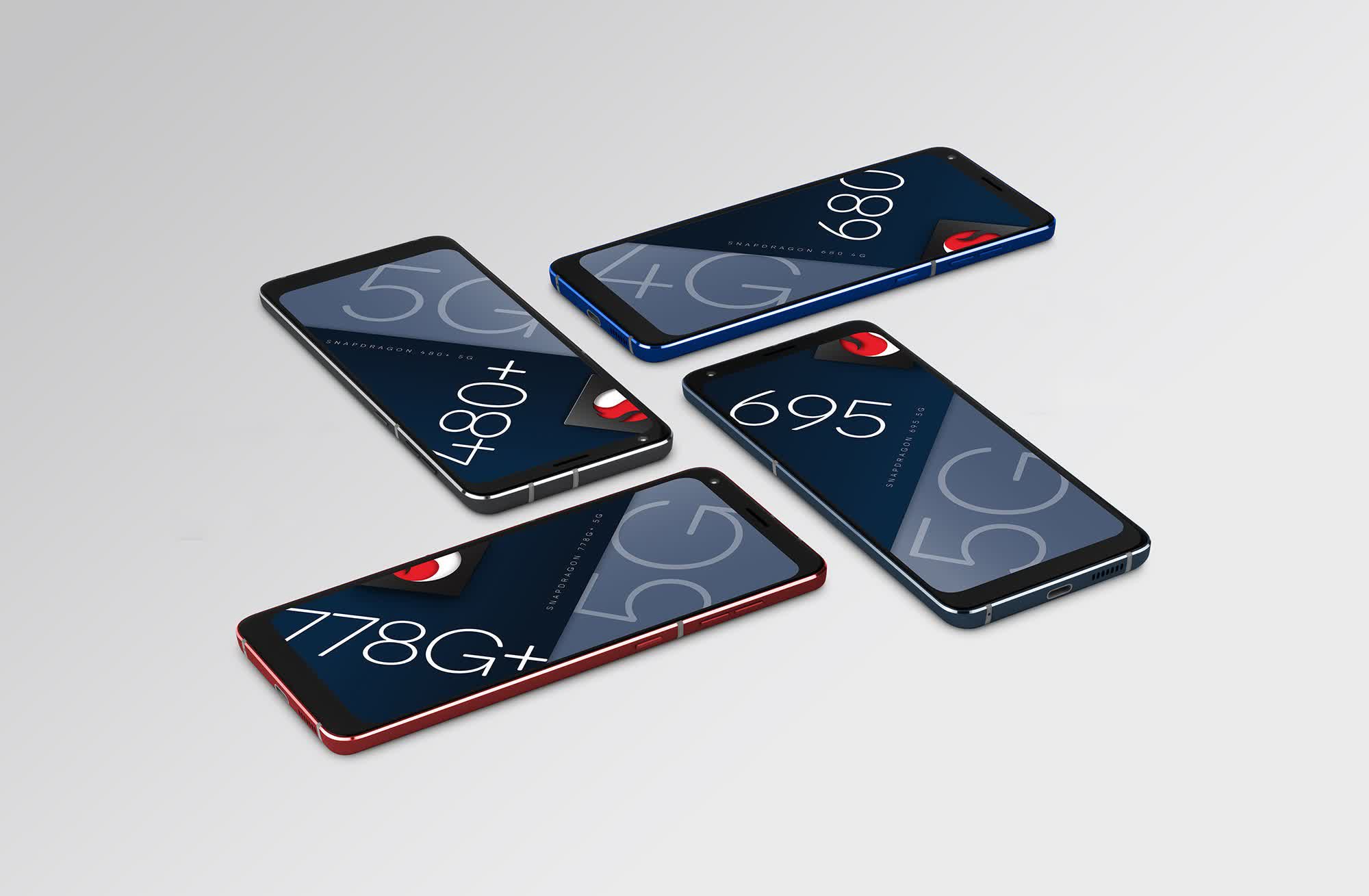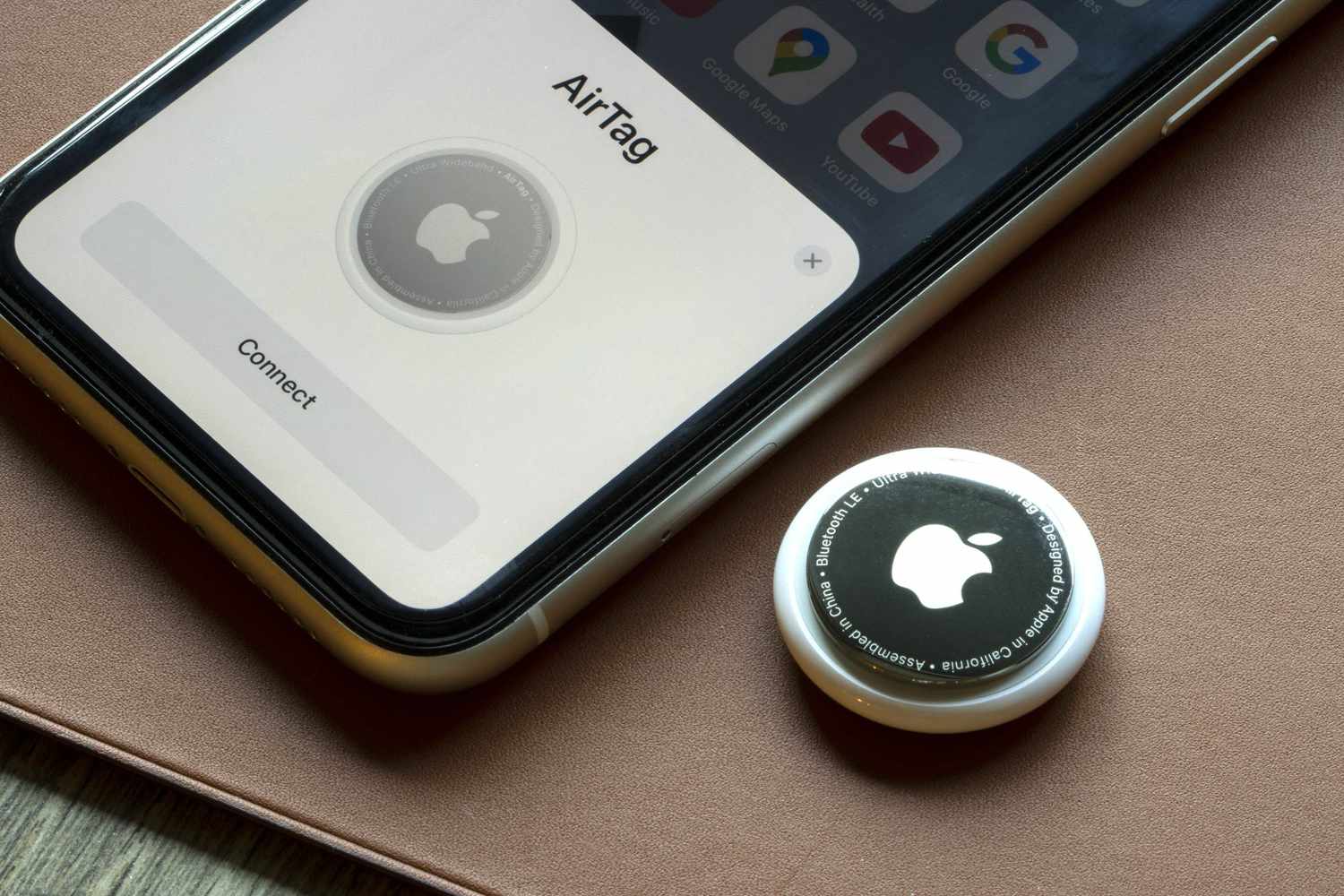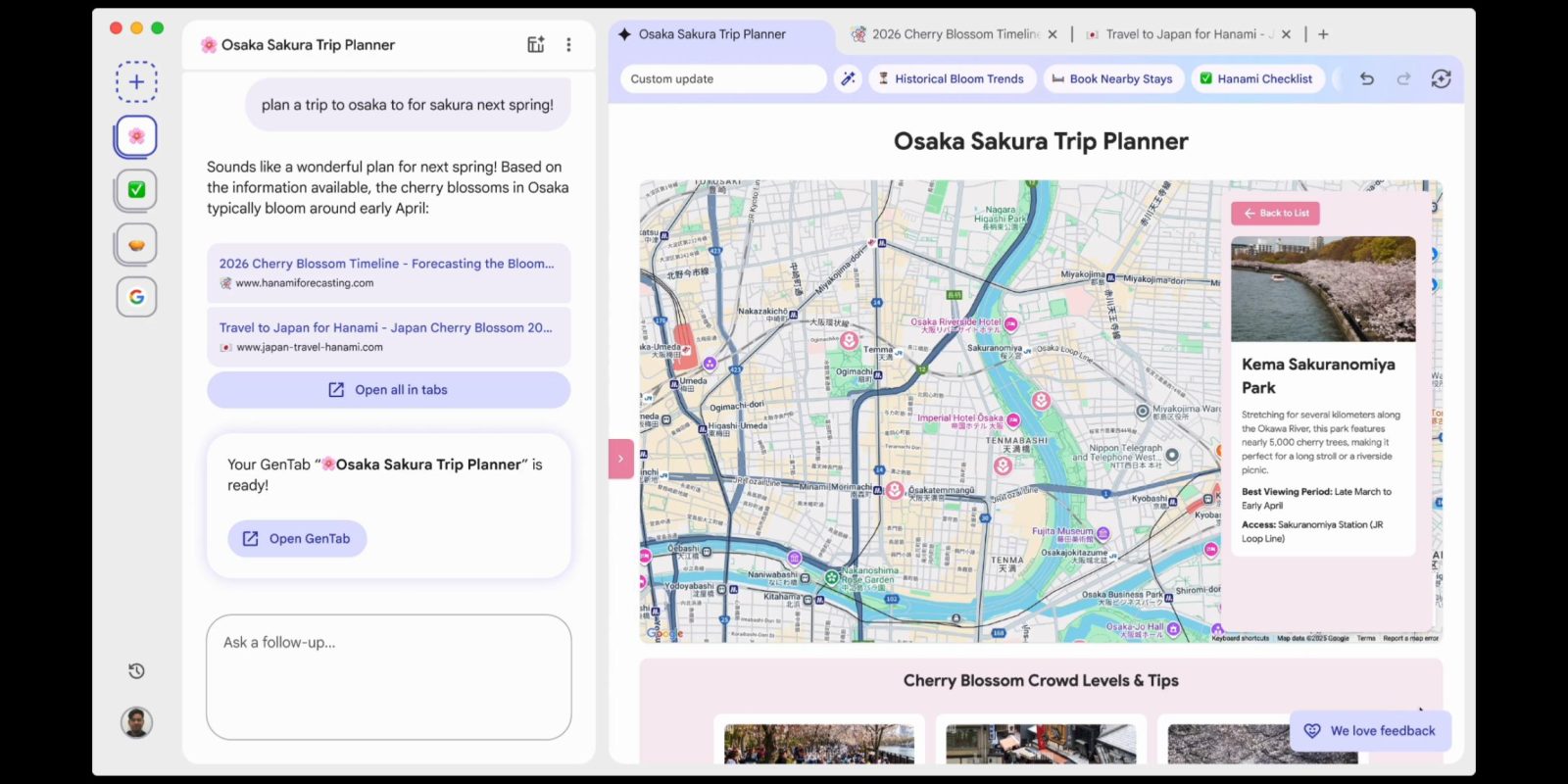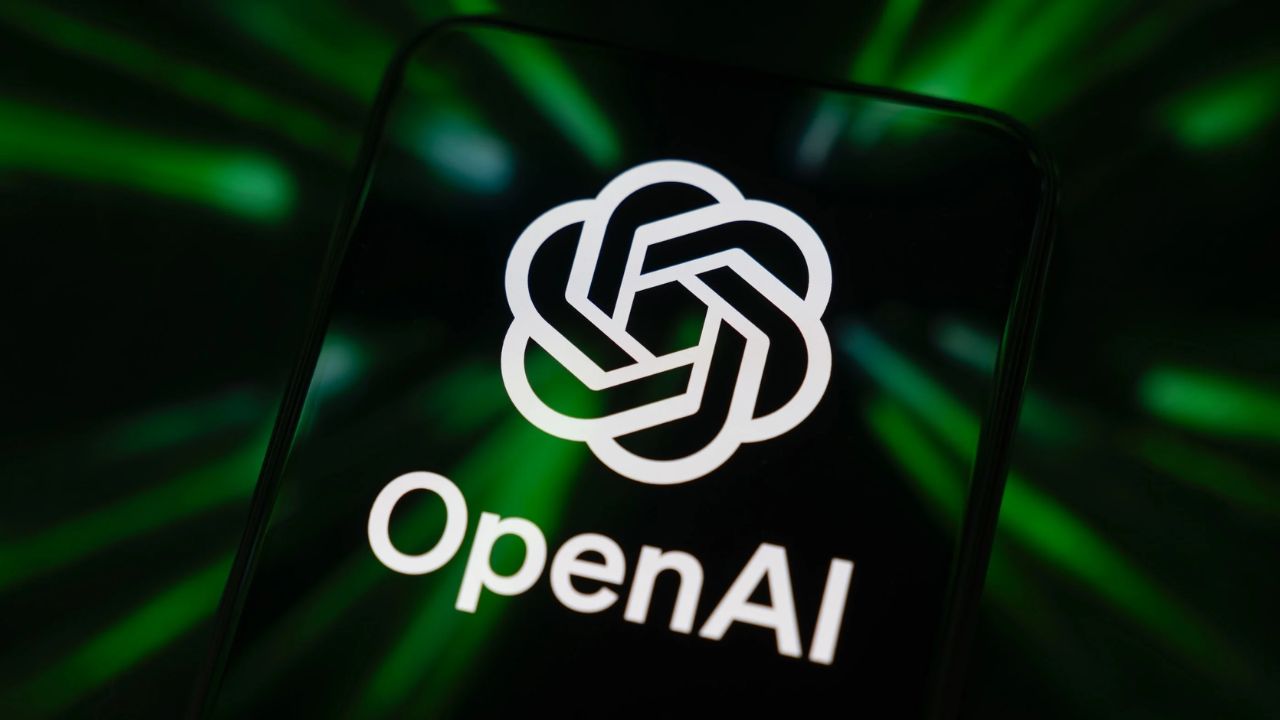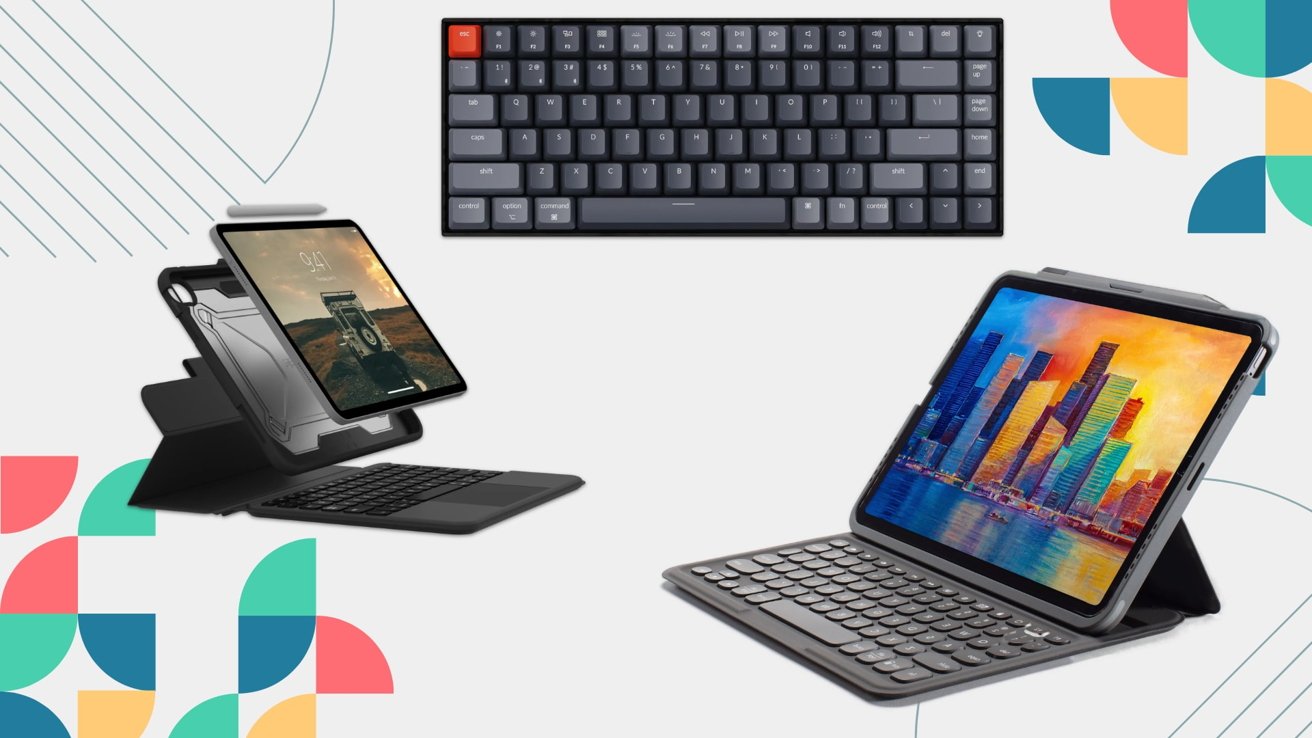New Firmware Update Available for AirPods Pro 3, Alongside Extra Features
Apple has recently launched new firmware updates for the AirPods Pro 3 and AirPods Pro 2, aligning with the expected debut of iOS 26.2. This update represents a notable development as Apple usually rolls out the same firmware across different AirPods models, but this occasion has seen unique builds released for each model.
The AirPods Pro 3 has been upgraded to firmware build 8B30, an advancement from the prior version 8B25. Likewise, the AirPods Pro 2 has received an update to firmware version 8B28, up from 8B21. While Apple has not yet shared comprehensive notes regarding the improvements or modifications tied to these new firmware versions, updates to their AirPods firmware webpage are anticipated soon.
Generally, firmware updates include general notes indicating “Bug fixes and other enhancements.” However, considering the proximity of these releases ahead of the iOS 26.2 launch, users might look forward to further upgrades. Importantly, iOS 26.2 is expected to enhance the AirPods Live Translation feature for users in the European Union.
To install the latest AirPods Pro firmware update, users should adhere to the following steps:
1. Confirm that your iPhone, iPad, or Mac is running the latest version of iOS, iPadOS, or macOS, and that Bluetooth is active.
2. Connect your AirPods via Bluetooth to your iPhone, iPad, or Mac.
3. Ensure your device is connected to Wi-Fi.
4. Plug your charging case into a power outlet.
5. Insert your AirPods into the charging case and secure the lid, keeping them within Bluetooth range of your device.
6. Wait for a minimum of 30 minutes for the firmware to update.
7. Open the charging case lid to reconnect your AirPods to your device.
8. Verify the firmware version to confirm the update.
Users are invited to share their feedback regarding the new firmware updates in the comments section.
Read More